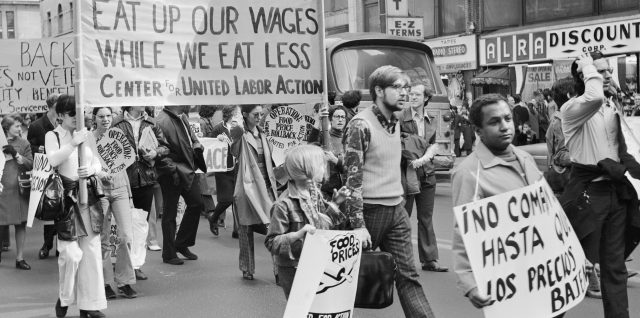Stagflation in the Late 1970’s

Led Zeppelin, high-waisted denim shorts, and kitchens accented with harvest gold and avocado green always came to mind when I imagined life in 1970’s America. However, this simplistic, superficial image didn’t appear to be quite congruent with the lived experience of US citizens in the seventies. Recently, when I expressed my fascination with seventies kitchen design to my father, he grimaced at me and sighed heavily. I figured he didn’t like green refrigerators, but what followed was a lecture explaining an ugly side to the seventies I hadn’t thought of before. Runaway inflation and crippling interest rates coupled with stagnating Continue reading Stagflation in the Late 1970’s
